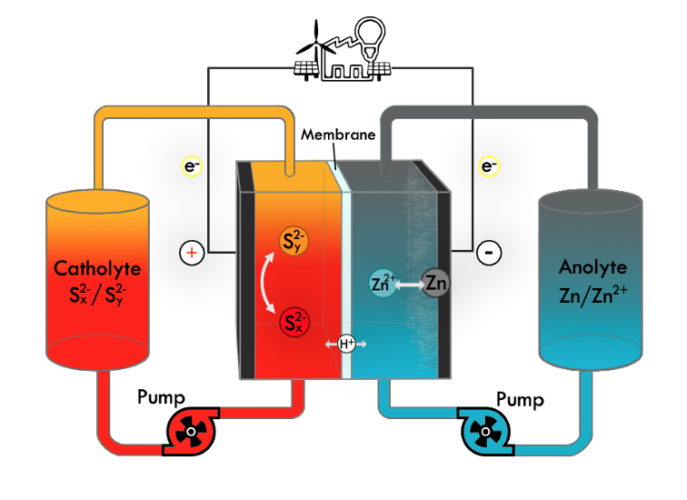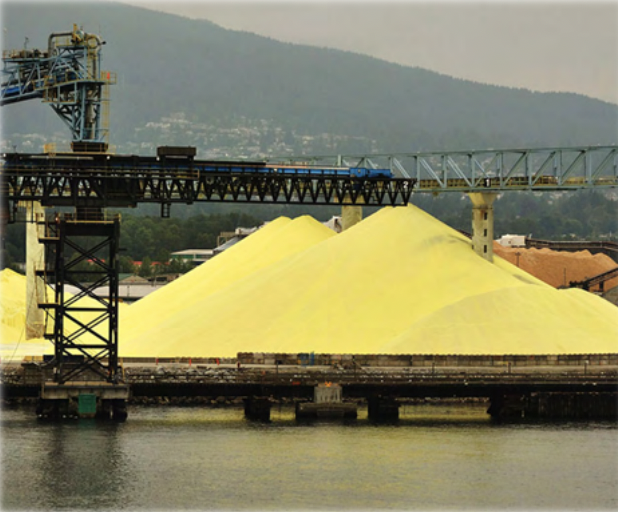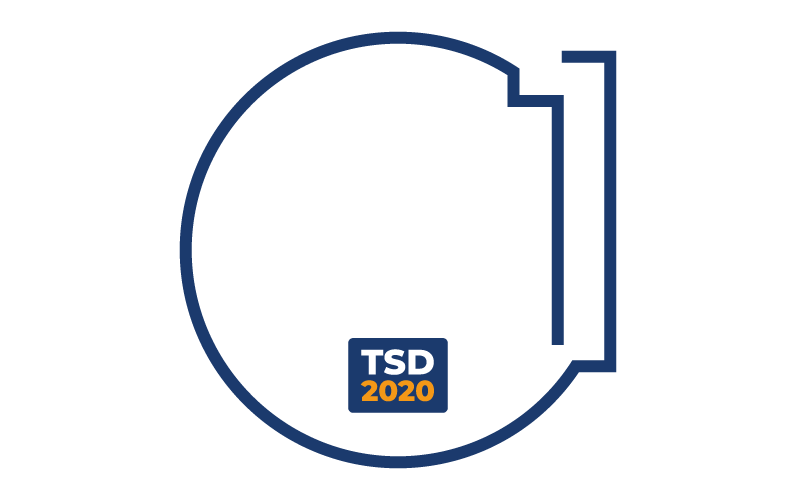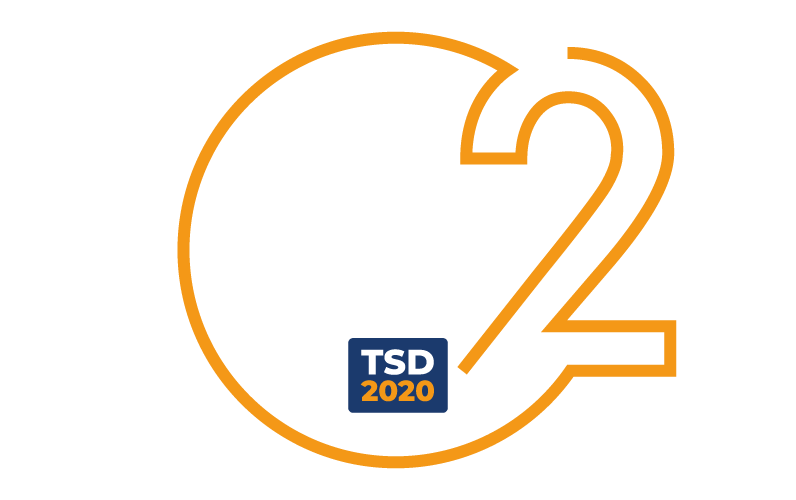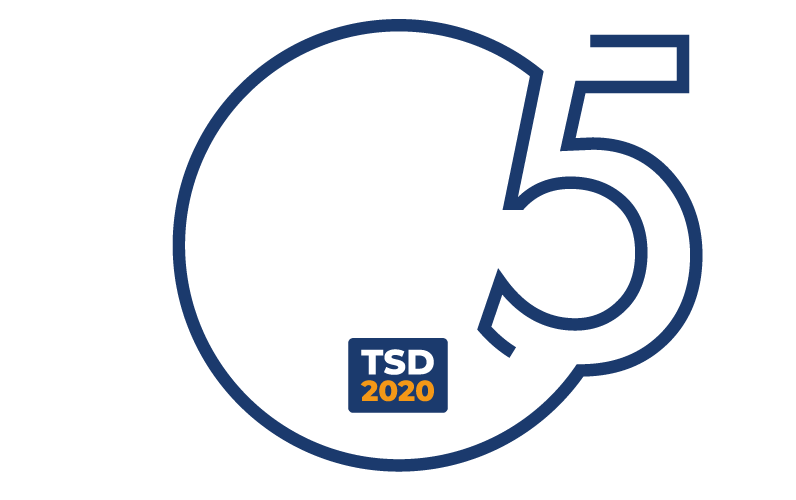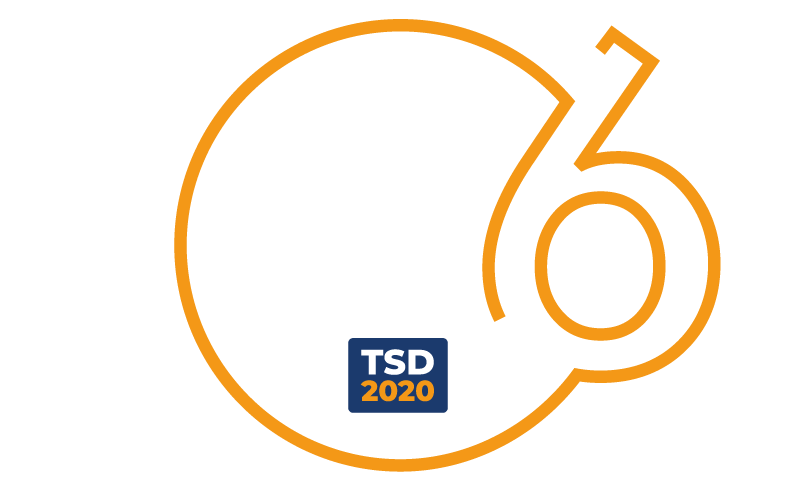The invention consists of a zinc-polysulfides redox flow battery characterized by a high energy efficiency and stability over time, which exploits recyclable, inexpensive, Earth-abundant, and non-toxic materials. These features make the device highly promising for stationary energy storage. Furthermore, the possibility of using sulfur-rich waste as an active material, together with the possibility of recycling all the materials at the end of the battery life, makes the device fully adhering to the principles of the circular economy.

Patent Status
PENDING

Priority Number
102020000011263

Priority Date
15/05/2020

License
INTERNATIONAL
Market
Solenero tomato is included among products with nutraceutical characteristics. Tomatoes have a substantial amount of essential nutrients and active phytochemicals, which perform a prevention / improvement function of various degenerative diseases. In addition, its quantity of anthocyanins provides further nutraceutical properties. Recent analyses estimate the global nutraceutical market worthing 380 billion dollars, and it is constantly expanding. The increase in healthcare costs, combined with the ageing of the population, are some of the factors contributing to the global increase of functional foods.
The stationary energy storage market is booming, with a value of 9 B$ in 2019 and a growth prospect of 22 % in the next 10 years, reaching 100 B$ with 250 GWh of installed energy by 2030. In this scenario, redox flow batteries, now 1 % of the total market, will grow with a higher CAGR, equal to 33%. It is estimated that these innovative devices will penetrate more than other technologies, for a total of 6.9 B$ and 46 GWh installed in 2030, thus reaching 18 % of the stationary energy storage market.
Problem
The current energy production ecosystem, mainly based on the combustion of fossil sources, is the major cause of greenhouse gas emissions worldwide. Thus, making the decarbonization of electricity production one of the top priorities. In this regard, the European Commission aims to reduce harmful emissions by at least 40 % by 2030, with an increase of energy production from renewable sources of at least 32 %. However, the sole use of renewable sources is not sufficient to guarantee the complete transition towards zero-impact energy production: their intrinsic intermittent availability translates into irregular energy production, affecting the reliability of the electric power system and the stability of the electricity supplied end-users. Therefore, to ensure the complete penetration of renewable sources, it is necessary to develop and integrate energy storage systems capable of storing excess energy and distributing it according to the needs of the electricity network. SINERGY proposes a new high efficiency, sustainable and low-cost device for stationary applications, from the medium (> kWh) to the large scale (> MWh). Besides, the ability to independently scale total stored energy and charge/discharge power allows this technology to be leveraged for Long-Duration Energy Storage (LDES) applications.
Current Technology Limitations
In order to promote the full transition to renewable energy sources, it is necessary to integrated different types of stationary energy storage systems within the electricity network. In this regard, it is estimated that storage devices with limited duration (<10 h) will guarantee a penetration of solar and wind energy limited between 20-50 %, while, with long-duration devices (> 10 h), it is possible to reach the 70 -90 %. Unfortunately, in both cases, the solutions currently on the market are characterized by a series of disadvantages, which considerably limit their diffusion and application. The dominant technology on the market, namely lithium-ion batteries, is extremely penalized by the short life cycle, the high flammability of the components, the poor sustainability, and the strong geolocation of raw materials. As far as redox flow batteries are concerned, the most common ones exploit vanadium or zinc-bromine chemistry which relies on expensive, rare or toxic elements, reducing their diffusion on the market, especially for applications with a high energy-to-power ratio. For the latter scenario, systems other than electrochemical storage are currently used, such as pumped-hydro and compressed air, both characterized by geographical constraints, high costs for infrastructures, and low response time, which limits their exploitation.
Killer Application
For the developed technology, different scenarios have been identified for the definition of a business model. The modularity of the technology makes it possible to cover different applications, which varies according to the size of the system and the energy-to-power ratio considered. Here are some examples:
-
- Integration with photovoltaic systems for short and long-duration energy storage with increasing power and energy (kW-MW; kWh-GWh);
- Integration with micro and smart grids for the efficiency of the electricity system to ensure continuous and reliable energy management.
Our Technology and Solutions
The zinc-polysulfides redox flow battery has a strong potential for stationary energy storage applications thanks to its high efficiency (> 70 %), the low cost of raw materials, and its remarkable environmental sustainability. The low installation cost (50-150 $/kWh) makes this technology compatible with the requirements necessary for the development of large plants (MWh-GWh) capable of sustaining long discharge times, over 10 h. The integration of storage of this type would allow the effective penetration of renewable sources in the energy production system up to 90 %. The low cost and high versatility of installation also allow the implementation of this battery in smart grids or microgrids, increasing the reliability and flexibility of electrical networks. Furthermore, the possibility of exploiting a waste material, such as sulfur deriving from oil and natural gas refining processes, provides a high added value. In this broad application scenario, the first step aimed at creating a business case is the implementation of the electrolyte obtained from the waste containing sulfur in the electrochemical device, in turn, integrated with an energy production plant from renewable sources. This would reduce the overall CO2 emissions generated by the waste management of this by-product, thus establishing a virtuous circular process.
Advantages
Compared to other storage technologies, SINERGY exploits Earth-abundant, low cost and safe materials. This translates into an installation cost of between 50-150 $ /kWh. Besides, the valorization of sulfur-rich by-products deriving from the petrochemical industry allows to reduce the management costs and the overall CO2 emissions associated with the management of this waste. The homogeneous geographical distribution of raw materials would also allow shifting the geopolitical balances in their supply, guaranteeing more democratic access.
Roadmap
The patented technology has been characterized and optimized in the laboratories of the Politecnico di Milano, currently at a TRL 4. Thanks to the funds raised by the “Switch2Product Innovation Challenge 2020”, the next research and development activities will be aimed at the realization of a prototype of medium-scale (1-2 kW, 5-10 kWh) and its integration with a small photovoltaic system. This will increase the TRL up to 6-7. Additional funds would ensure the development of a pre-commercial module (10 kW,> 100 kWh) that can be tested in a relevant environment.
TRL
Team

